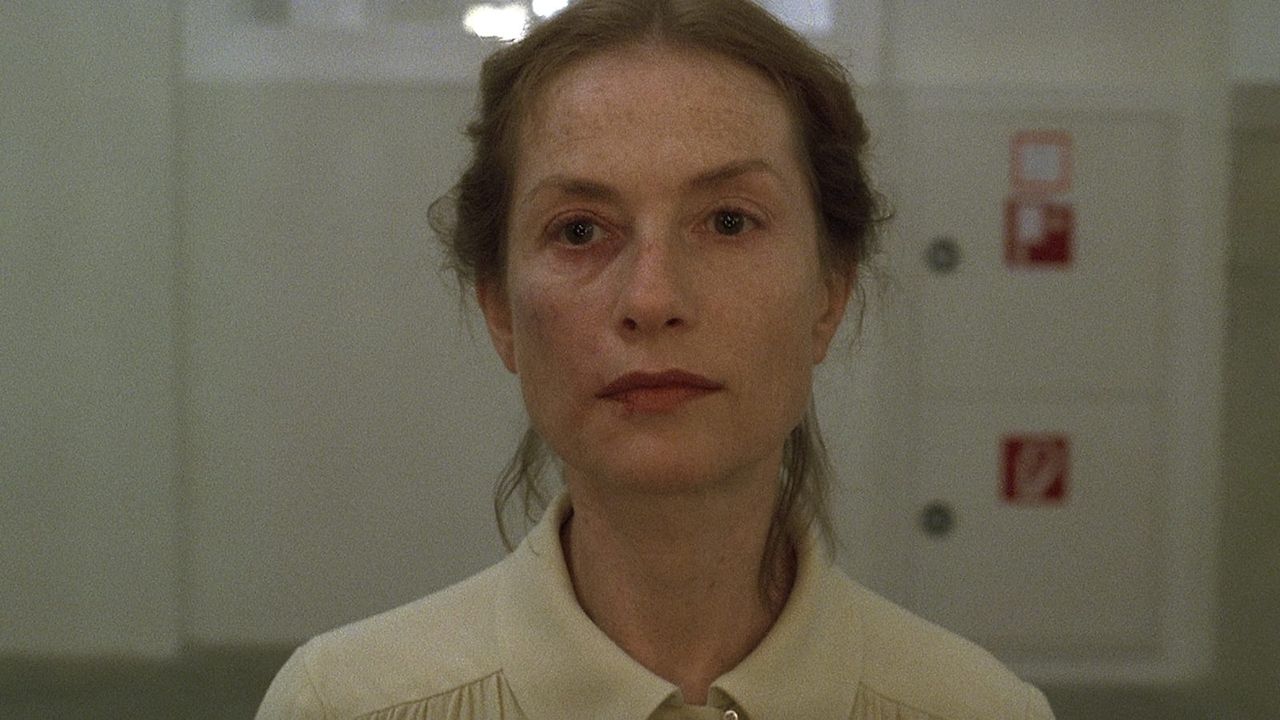Observe the restoration of Angel’s Egg that’s currently on the festival circuit, and you can see the evolution of the cinematic canon in real time. Until this year, Mamoru Oshii’s enigmatic 1985 OVA (basically meaning “direct-to-video”) animated film was somewhat obscure and hard to find, despite the fact that its key creative players went on to create pop-culture touchstones like Ghost in the Shell and the Final Fantasy games. (Oshii directed the former; artist Yoshitaka Amano, who was responsible for the look of Angel’s Egg, designed the characters for the latter.) Now with a theatrical release from GKIDS—not a re-release; it’s only been screened theatrically in North America a handful of times—coming up, a consensus is forming that Angel’s Egg is, in the words of member Edgar, a “metaphysical masterpiece” that’s among “the best anime feature[s] ever conceived and brought to life.”
I’ve long maintained that anime—which, despite its immense global popularity, is relatively under-screened and under-appreciated in cinephile circles—deserves more serious consideration as an art form. Angel’s Egg is an ideal ambassador, not only because its hushed Gothic ruins and steampunk metaphysics are, as Carol writes, “beautiful, terrifying, mesmerizing [and] disturbing,” but because it’s an enigmatic work that holds up to multiple interpretations. There’s obviously Christian symbolism at play here, with fish and crosses and a heavenly host frozen in stone atop a godlike, egg-shaped spaceship. That leads to a popular theory of Angel’s Egg as a parable about the loss of faith: “If there can be no poetry after Auschwitz, there can be no faith after Hiroshima,” Jake declares, calling Angel’s Egg “a calm vision of existential absolute zero.”
Yet, there’s plenty of room for alternate interpretations: Olivia sees it as a story about the importance of protecting one’s innermost self amid heartbreak and betrayal, while Reibureibu draws parallels to Catholic reliquaries, thinking about the film’s core image of a girl cradling a massive egg. Regardless of your personal take on its philosophical and spiritual dimensions, it’s a haunting, profound picture, one that leaves you with more questions than answers in the best way possible.


